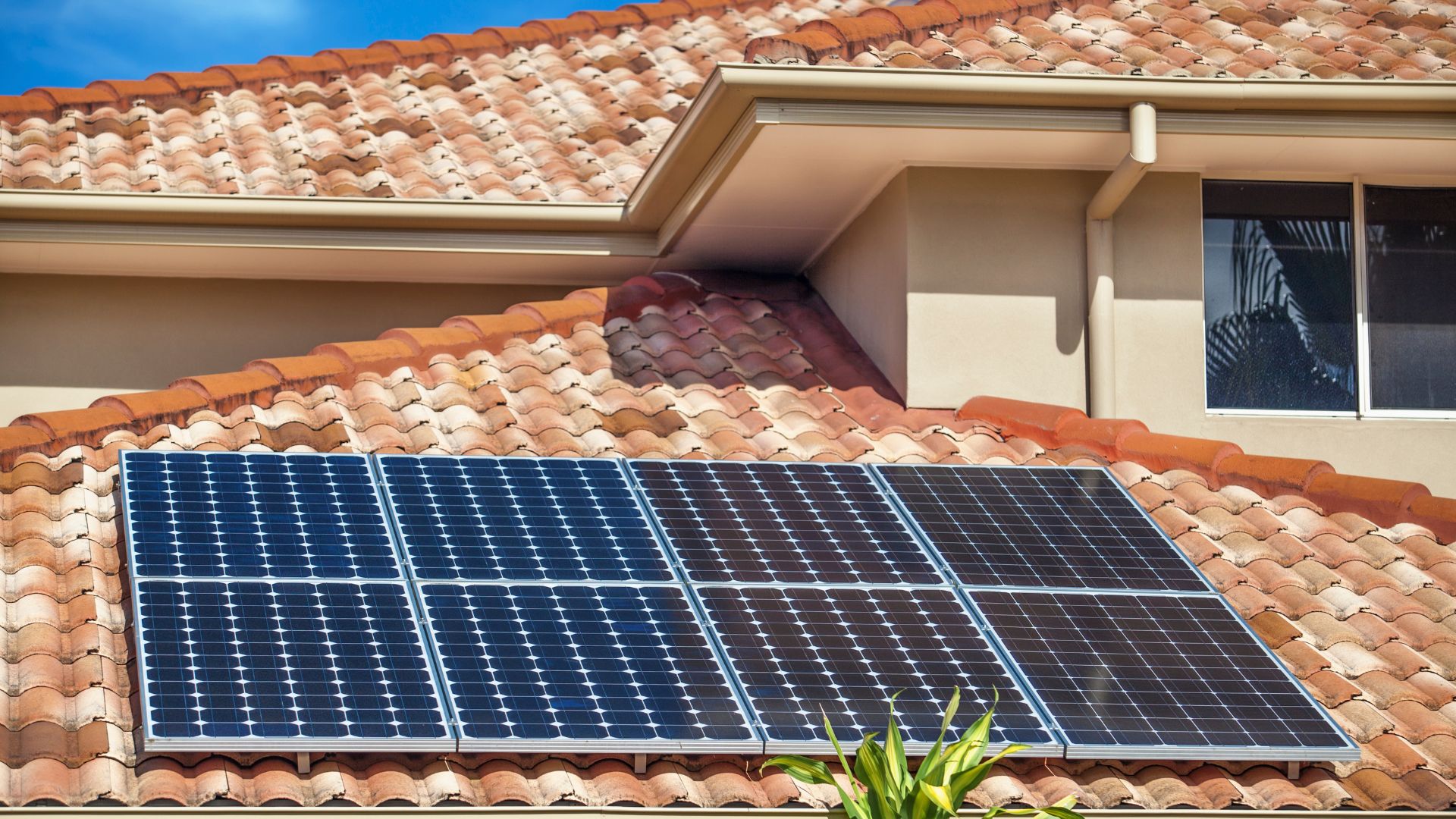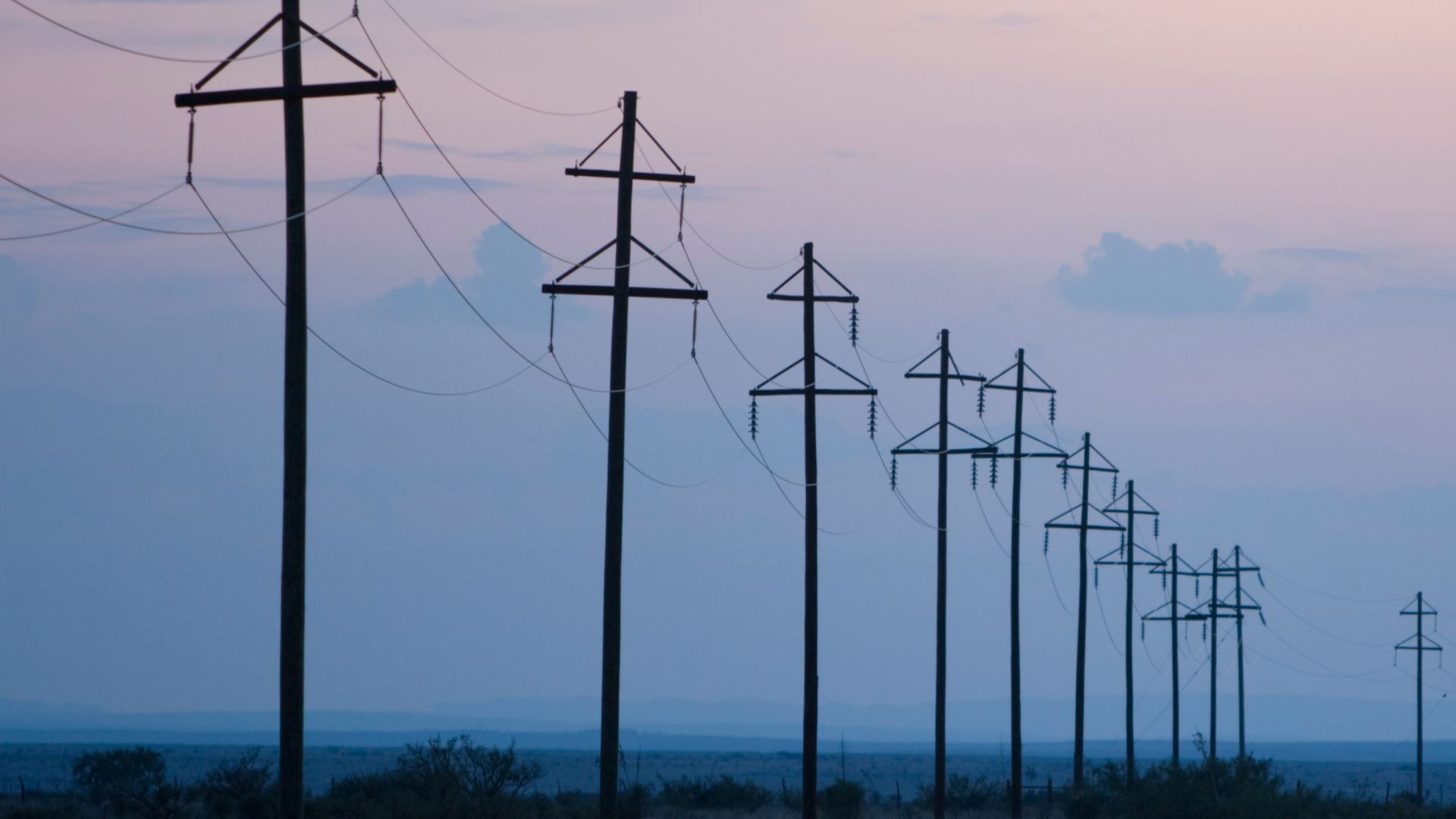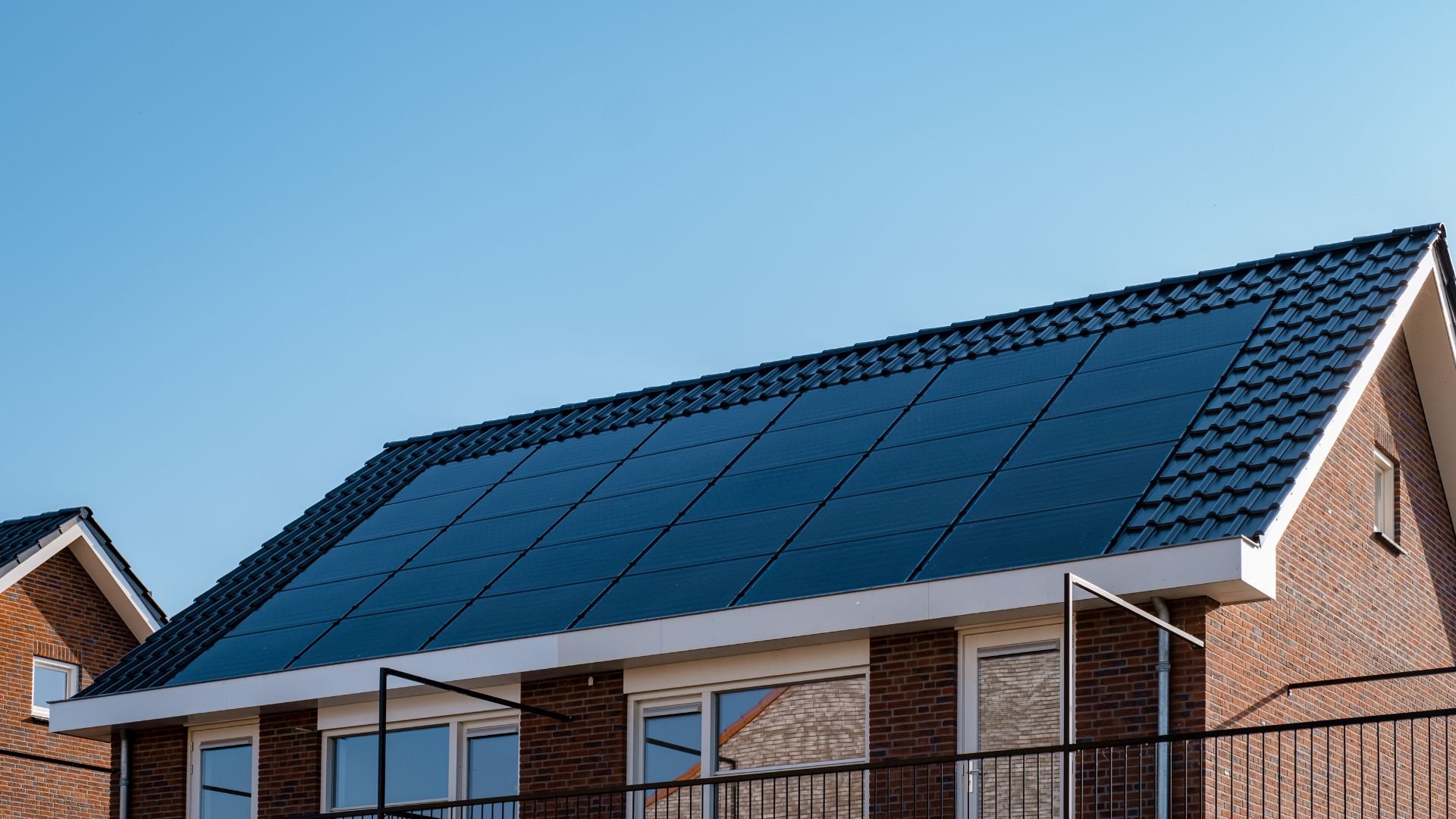If you’ve decided to reduce your reliance on the grid and switch to solar, congratulations!
Before you can start enjoying the benefits of solar power, it’s crucial to correctly mount your solar panels to ensure your system operates at its peak efficiency.
Mounting your solar system allows the panels to be adjusted for optimal tilt, which can be based on latitude, seasons, or even time of day — to ensure maximum solar energy production. The most common locations for mounting are on the roof, using solar roof mounts, or on the ground with ground-mount options. In this blog post, Polo Corona, GHS System Design Manager, provides a comprehensive guide on the different ways to mount solar panels and emphasizes that the best mounting option depends on the specific challenges and usage of the property.
What are the common options for mounting solar panels?
The common options for mounting solar panels are flush mount and ground mount. Flush mount is the most popular for roofs that already have an optimal azimuth and enough space for the necessary panels. Ground mount, on the other hand, requires digging holes, filling them with concrete, and using pipes to create a frame to mount the panels.
What is a tilt mount or ballast mount?
A tilt mount, also known as a ballast mount, is used on flat roofs to ensure the correct angle of the panels to the sun. This type of mount is used when roof penetrations are not possible, such as on a TPU roof or TPU membrane, or when screws cannot be used to attach the system directly to the roof.
What factors should I consider when choosing a mounting option for my solar panels?
When choosing a mounting option for your solar panels, you should consider the following factors:
- Roof Type: The type of roof you have can determine the best mounting option. For example, if you have a flat roof, a tilt or ballast mount may be the best option to ensure the panels are angled correctly towards the sun.
- Space Availability: The amount of space available on your roof or property will also influence the type of mount you choose. If you have limited roof space, a ground mount might be a better option.
- Sun Exposure: The direction and angle of the sun in relation to your property is another crucial factor. The mounting system should allow the panels to capture as much sunlight as possible for maximum efficiency.
What is the difference between roof-mounted and ground-mounted solar panels?
Roof-mounted solar panels are installed on the roof of a building. This is the most common type of installation, especially for residential properties. Ground-mounted panels, on the other hand, are installed on the ground. This type of installation is more common for commercial properties or homes with a lot of land.
Check if you’re qualified for going solar with Green Home Systems>>








